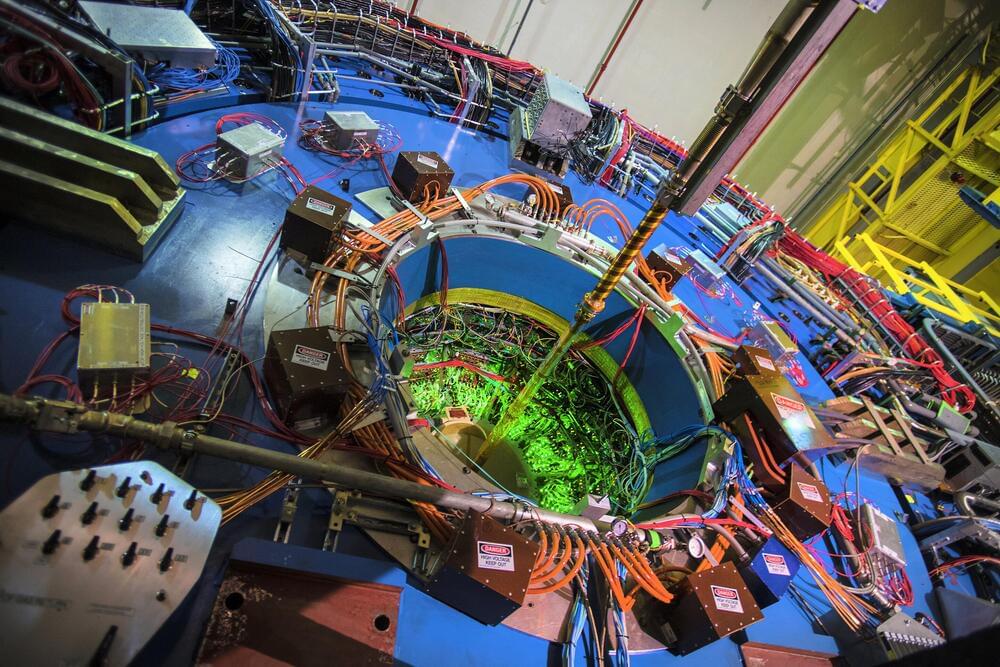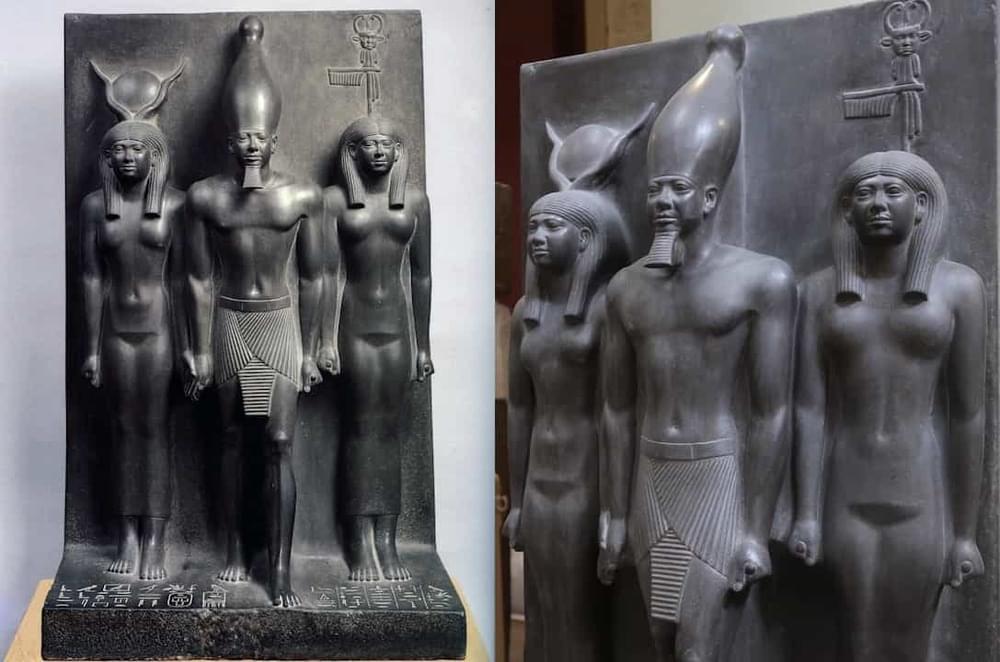Series — Clinical Trials on Alzheimer’s Disease (CTAD) 2022: Part 1 of 14: Dare We Say Consensus Achieved: Lecanemab Slows the Disease Part 2 of 14: Brexpiprazole Eases Agitation in People with AD; So Does Being in a Trial Part 3 of 14: Two New Stabs at Vaccinating People Against Pathologic Tau Part 4 of 14: Cognitive Tests Taken at Home Are on Par with In-Clinic Assessments Part 5 of 14: In Small Trial, Gene Therapy Spurs ApoE2 Production Part 6 of 14: Donanemab Mops Up Plaque Faster Than Aduhelm Part 7 of 14: Gantenerumab Mystery: How Did It Lose Potency in Phase 3? Part 8 of 14: Could Personalizing Multimodal Interventions Give Them Oomph?
If you’ve ever thought your children in elementary school were “smarter” than you, or at least quicker at taking up new skills and knowledge, new research published in the journal Current Biology confirms that you were correct. According to the new study, there are differences in the brain messenger GABA between kids and adults, which may explain why kids often seem to be more capable of learning and retaining new information.
“Our results show that children of elementary school age can learn more items within a given period of time than adults, making learning more efficient in children,” said Takeo Watanabe of Brown University.
According to the study, children experienced a rapid increase in GABA during visual training, which lasted even after the training ended. In contrast, GABA concentrations in adults remained constant during training. These findings suggest that children’s brains are more responsive to training, allowing them to quickly and efficiently consolidate new learning.
SEOUL (Reuters) — South Korea’s antitrust regulator said it would impose a 2.85 billion won ($2.2 million) fine on Tesla Inc for failing to tell its customers about the shorter driving range of its electric vehicles (EVs) in low temperatures.
The Korea Fair Trade Commission (KFTC) said that Tesla had exaggerated the “driving ranges of its cars on a single charge, their fuel cost-effectiveness compared to gasoline vehicles as well as the performance of its Superchargers” on its official local website since August 2019 until recently.
The driving range of the U.S. EV manufacturer’s cars plunge in cold weather by up to 50.5% versus how they are advertised online, the KFTC said in a statement on Tuesday.
– 3000+)
🔔 Subscribe now for more Artificial Intelligence news, Data science news, Machine Learning news and more.
🦾 Support us NOW so we can create more videos: https://www.youtube.com/channel/UCItylrp-EOkBwsUT7c_Xkxg.
We’ve all heard and brushed off those crazy seeming futurists claims that robots replace most human activities in the future. But when we look at the pace at which AI and technology is growing, the thought doesn’t seem so crazy afterall.
#Robot #Timelapse #Future.
📺 Fun fact: Smart people watch the entire video!
Watch More from Artificial Intelligence News Daily.
The way electrons interact with photons of light is a vital part of many modern technologies, from lasers to solar panels to LEDs. But the interaction is inherently weak because of a major mismatch in scale: the wavelength of visible light is about 1,000 times larger than an electron, so the way the two things affect each other is limited by that disparity.
Now, researchers at The University of Hong Kong (HKU), MIT and other universities say they have come up with an innovative way to make more robust interactions between photons and electrons possible, that produces a hundredfold increase in the emission of light from a phenomenon called Smith-Purcell radiation. The findings have potential ramifications for both commercial applications and fundamental scientific research, although it will require more years of investigation to put into practice.
The findings are published in Nature by Dr. Yi Yang (Assistant Professor of the Department of Physics at HKU and a former postdoc at MIT), Dr. Charles Roques-carmes (Postdoctoral Associate at MIT) and Professors Marin Soljačić and John Joannopoulos (MIT professors). The research team also included Steven Kooi at MIT’s Institute for Soldier Nanotechnologies, Haoning Tang and Eric Mazur at Harvard University, Justin Beroz at MIT, and Ido Kaminer at Technion-Israel Institute of Technology.
Ramses III against the Sea Peoples
Posted in military
Usermaatre Meryamun, better known as Ramses III (1184 – 1,153 BC), was the second and most important king of the Twentieth Dynasty (1186 – 1,069 BC).
The particularities of his extensive reign, the significance of his military victories against the so-called “Sea Peoples”, and the magnificent state of preservation of his funerary temple in Medinet Habu (Western Thebes) made him one of the most important pharaohs of all the period of the Egyptian New Kingdom (approx. 1,550 – 1,069 BC).
Nuclear physicists have found a new way to use the Relativistic Heavy Ion Collider (RHIC)—a particle collider at the U.S. Department of Energy’s (DOE) Brookhaven National Laboratory—to see the shape and details inside atomic nuclei. The method relies on particles of light that surround gold ions as they speed around the collider and a new type of quantum entanglement that’s never been seen before.
Through a series of quantum fluctuations, the particles of light (a.k.a. photons) interact with gluons—gluelike particles that hold quarks together within the protons and neutrons of nuclei. Those interactions produce an intermediate particle that quickly decays into two differently charged “pions” (π). By measuring the velocity and angles at which these π+ and π- particles strike RHIC’s STAR detector, the scientists can backtrack to get crucial information about the photon—and use that to map out the arrangement of gluons within the nucleus with higher precision than ever before.
“This technique is similar to the way doctors use positron emission tomography (PET scans) to see what’s happening inside the brain and other body parts,” said former Brookhaven Lab physicist James Daniel Brandenburg, a member of the STAR collaboration who joined The Ohio State University as an assistant professor in January 2023. “But in this case, we’re talking about mapping out features on the scale of femtometers —quadrillionths of a meter—the size of an individual proton.”
2548–2530 BC. Egyptian Museum in Cairo, Egypt.
This Menkaure Triad is the most important piece of the entire set of statues found by George Reisner in the vicinity of the Giza temple. The sculpture stood out from the beginning for its realism, excellence, and austere beauty, qualities that have made it one of the most emblematic works of the Cairo Museum.
During excavations in Giza in 1908, the American Egyptologist George Reisner located diverse sculptural works of magnificent craftsmanship buried next to the temple of Menkaure.
What’s a message, really? Claude Shannon recognized that the elemental ingredient is surprise.









